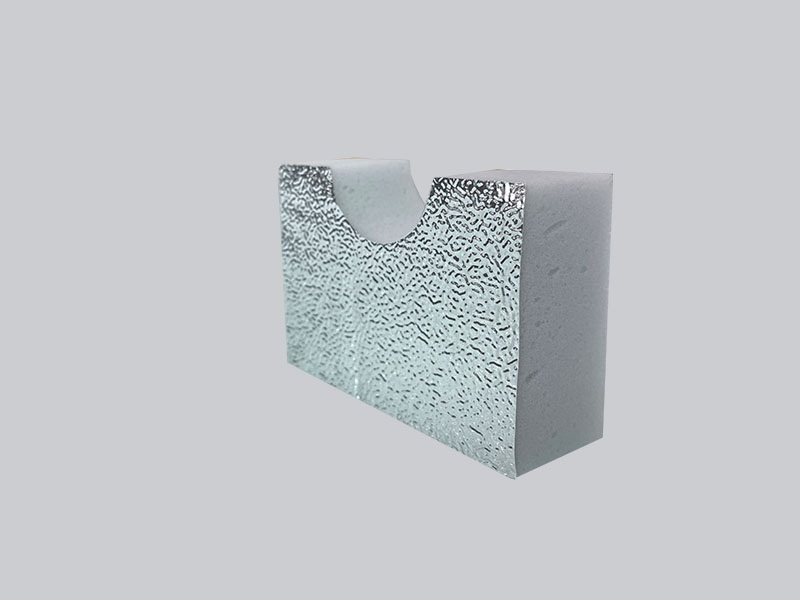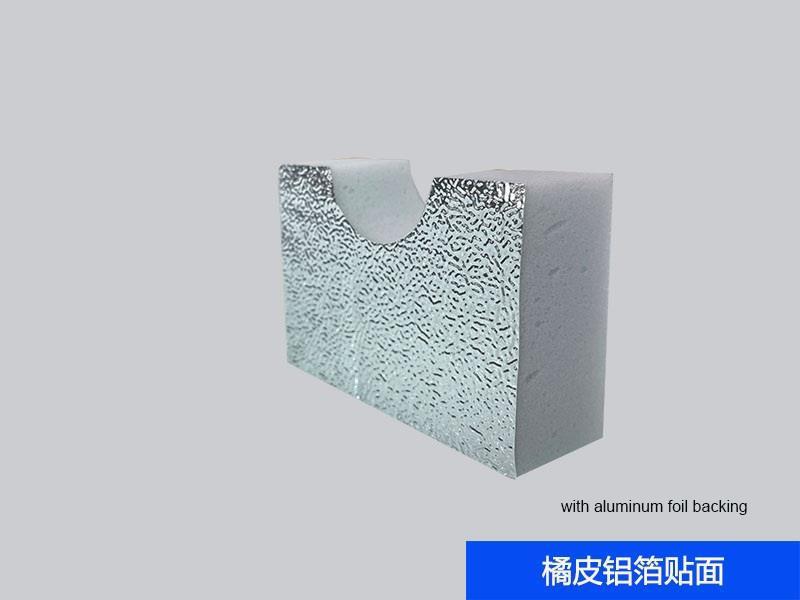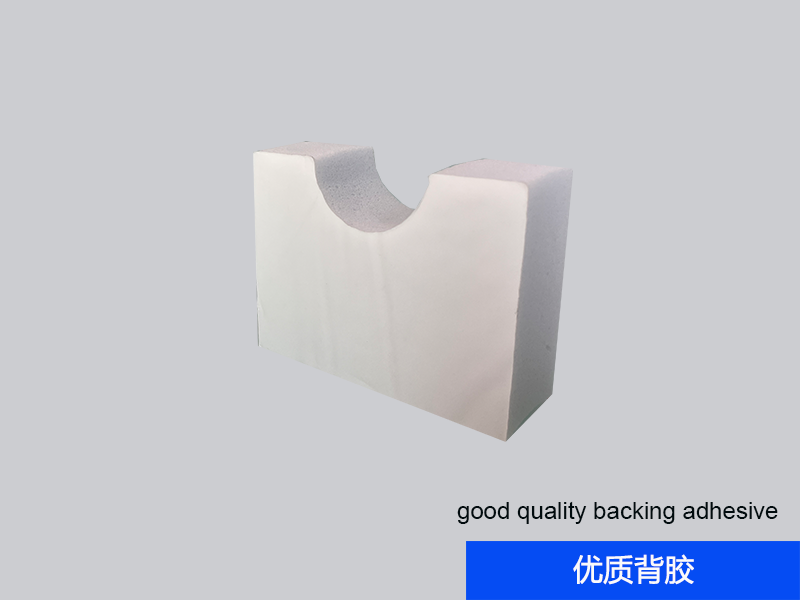


Material characteristics
The oil and water repellent process makes the material permanently non-absorbent of water and oil. It can also be coated with anti-corrosion acoustic aluminum foil veneer, and the back can be coated with high viscosity water-based environmentally friendly adhesive. It is mainly used for sound absorption and thermal insulation, and the material meets the latest GB 38262-2019 testing standards for bus.
Advantages Compared with Polyurethane Foam Materials
Item point
Melamine noise reducing material
Foamed polyurethane material
Fire performance
Complies with GB38262-2019 standard and meets rail way standards
EN45545 R1 HL3 Bus Full Life Cycle Flame Retardant Performance Warranty
Poor fire resistance performance after long-term use
Temperature resistance
-50~+150℃
ordinary
Thermal insulation performance
Thermal conductivity 0.031 isolated thermal radiation
Uneven thickness affects insulation and cannot isolate thermal radiation
Sound absorption coefficient
Open-cell structure, excellent noise reduction level
NRC=0.85(50mm)
NRC=0.75(30mm)
Closed cell structure, mainly used for insulation
Hydrophobic
Hydrophobic rate 99.95%, not absorbing moisture or oil stains
Poor aging resistance, prone to spoilage in humid conditions
Environmental performance
Physical process, environmentally friendly, non moldy, odorless
Chemical process, more complex
Construction
Convenient construction and time-saving, available for direct installation and usage.
On-the-spot foaming is affected by temperature, making it difficult to achieve regularly foaming and resulting in low efficiency.
Typical application of materials
Use materials of different thicknesses according to the depth of the body side panels and headliner frame; To meet the construction requirements, materials are usually backed with adhesive and different embossed aluminum foil /fiberglass material for thermal insulation and sound insulation










